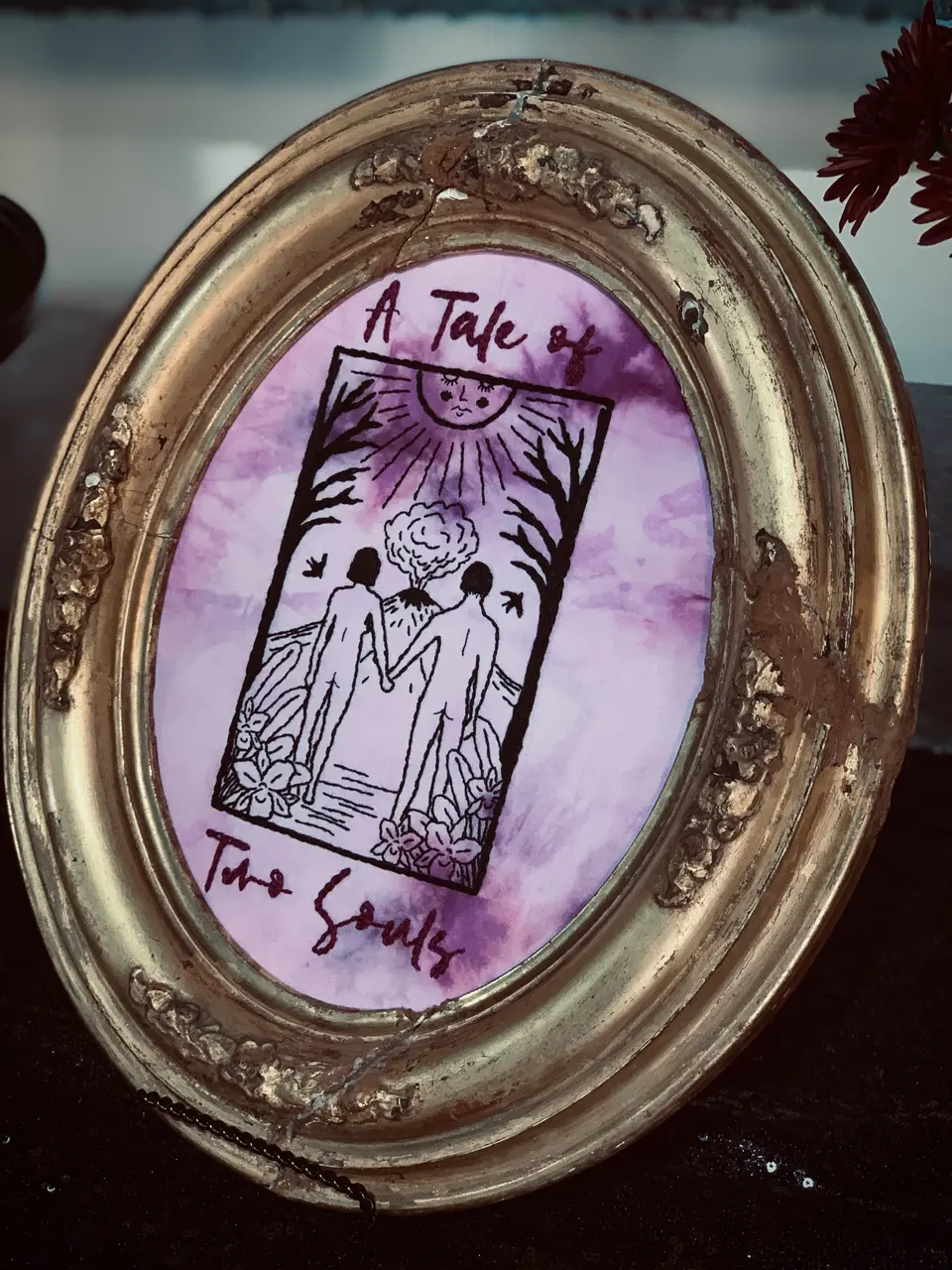Custom embroidery is a popular way to personalize items and make a statement. However, many people wonder if this art form can be applied to any type of fabric. In this blog, we’ll explore the various fabrics suitable for custom embroidery, discuss limitations, and provide tips for achieving the best results.

Understanding Custom Embroidery
Custom embroidery is an artistic way to add a personal touch to garments and fabric items. This craft involves stitching designs or text onto fabric using thread and intricate techniques. Many people enjoy custom embroidery for its ability to transform basic fabrics into unique masterpieces.
At its core, custom embroidery combines creativity with craftsmanship. It’s not just about utilizing a needle and thread; it’s about expressing identity, sentiment, or brand through carefully designed patterns. Because of its versatility, this technique can be adapted to various purposes, such as clothing embellishments, home decor, and promotional merchandise.
One key factor to understand about custom embroidery is that not all fabrics are created equal. Different materials can significantly affect the look and feel of your finished embroidery. Understanding how different fabrics respond to embroidery techniques will help you make better choices for your projects.

Types of Fabrics Suitable for Custom Embroidery
When it comes to custom embroidery, certain fabrics work exceptionally well. Cotton is a favorite among embroiderers due to its natural fibers, which easily hold stitches and are durable. Lightweight cotton blends also make for comfortable apparel that showcases embroidery beautifully.
Another excellent choice is denim. This sturdy fabric provides a substantial base for custom embroidery, meaning your designs can really stand out. Plus, the texture of denim adds depth to the stitches, giving your design a unique aesthetic appeal.
For those looking to embroider on athletic wear or performance fabrics, polyester is a great option. Its low absorbency and resistance to shrinking make it ideal for sports jerseys and active clothing. Not only does polyester accept vibrant colors well, but it’s also quite durable, making it perfect for high-action scenarios.
Silk and satin are luxurious choices, though they pose a challenge when it comes to embroidery. While these fabrics can deliver stunning results, it’s essential to use the proper stabilizers and embroidery techniques to avoid shifting or puckering, thereby ensuring that your designs look magnificent.

Fabrics to Avoid for Custom Embroidery
While many fabrics lend themselves well to custom embroidery, some should be approached with caution. Stretchy materials like spandex or jersey can be tricky, as they often distort under the needle. This distortion can result in uneven stitching and less than desirable results.
Another fabric to avoid is sheer or very thin materials. While they may seem appealing for embroidery, the lack of substance can lead to fabric tearing or snagging during the embroidery process. The stitches may also be less visible on such delicate fabrics, which can undermine the effect of your custom design.
Lastly, fabrics that are heavily textured, like corduroy or heavily woven textiles, can pose challenges as well. The prominent fibers can hide fine stitching details, making it difficult to showcase intricate designs. Therefore, while these fabrics can be utilized, they require extra care and consideration.
Tips for Successful Custom Embroidery on Various Fabrics
To achieve the best results with custom embroidery, preparation is key. Start by washing and pre-shrinking your fabric, particularly when working with cotton. This will ensure that your finished product maintains its shape and integrity after washing.
Using the right stabilizer for your fabric type is a crucial step as well. Stabilizers provide support to the fabric during the stitching process and help prevent puckering. Different types, like tear-away or water-soluble stabilizers, can be chosen depending on the fabric and design complexity.
Experimenting with thread types and colors can also make a significant difference. For example, using polyester thread can enhance colorfastness and durability, especially for items that will undergo frequent washing. Always match your thread color to your fabric to achieve the desired effect.
Lastly, patience and practice can lead to mastery. If you’re new to custom embroidery, take the time to practice on scrap fabric before moving on to your project. This will help you refine your skills and get comfortable with your machine or hand-embroidery technique.
Final Thoughts on Custom Embroidery and Fabric Selection
While custom embroidery can be done on a variety of fabrics, it’s essential to consider the characteristics of each material to ensure optimal results. Choosing the right fabric and understanding any potential challenges will help you achieve stunning embroidery that lasts.


